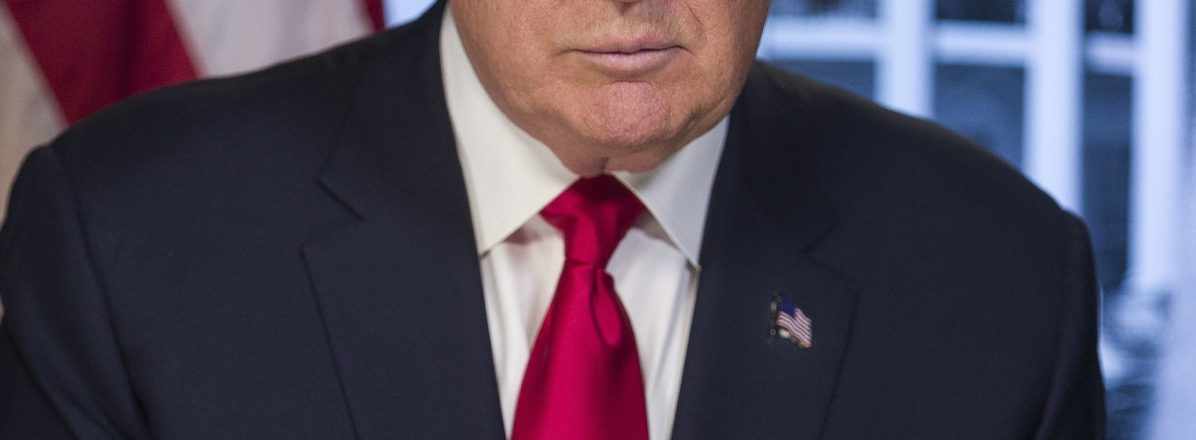A nation must think before it acts.
Donald Trump’s address to a joint session of Congress was nowhere near as incendiary as many of his speeches during his successful run for the presidency. He began by condemning the anti-Semitic and racist incidents that have mushroomed in the past month. And he ended with a vision of a peaceful, prosperous America celebrating its 250th anniversary in nine years’ time. Through it all, even when he spoke of supporting veterans and the debt the nation owes them, the vast majority of Democrats sat on their chairs and on their hands. Their reaction does not bode well for ending the stalemate that has gripped Washington for the past dozen years.
In order to realize his objective of terminating sequestration, which has stifled both necessary increases in defense spending and urgent expenditures in the nondefense realm, notably repairing the nation’s infrastructure, the president will need the support of Democrats, as well as budget hawks within his own party. Yet the plans unveiled by the Office of Management and Budget, which call for reductions in nondefense spending on a dollar-for-dollar basis commensurate with defense spending increases, and which promise to satisfy budget hawks like OMB Director Mick Mulvaney, are unlikely to win support from Democrats, nor, for that matter, moderate Republicans. At the same time, defense hawks are already grumbling that the president’s proposal for a $54 billion increase in defense spending in fiscal year 2018 really represents only a 3 percent hike over the Obama administration’s projected increase for $35 billion. The chairmen of the two Armed Services committees, Sen. John McCain and Rep. Mac Thornberry, are instead calling for a fiscal 2018 defense budget of $640 billion, which, they correctly argue, would move defense spending beyond merely plugging the requirements gap that has widened with every passing year since the Budget Control Act came into force. Moreover, both the Obama and Trump proposals, as well as, of course, that of McCain and Thornberry, assume that the Congress would do away with the sequester, which may not be the case at all. Indeed, by simply taking no action, Republicans who are quietly unhappy with the administration’s plans would enable Democrats to block any lifting of the sequester unless the administration yields to demands for increases in nondefense spending as well.




